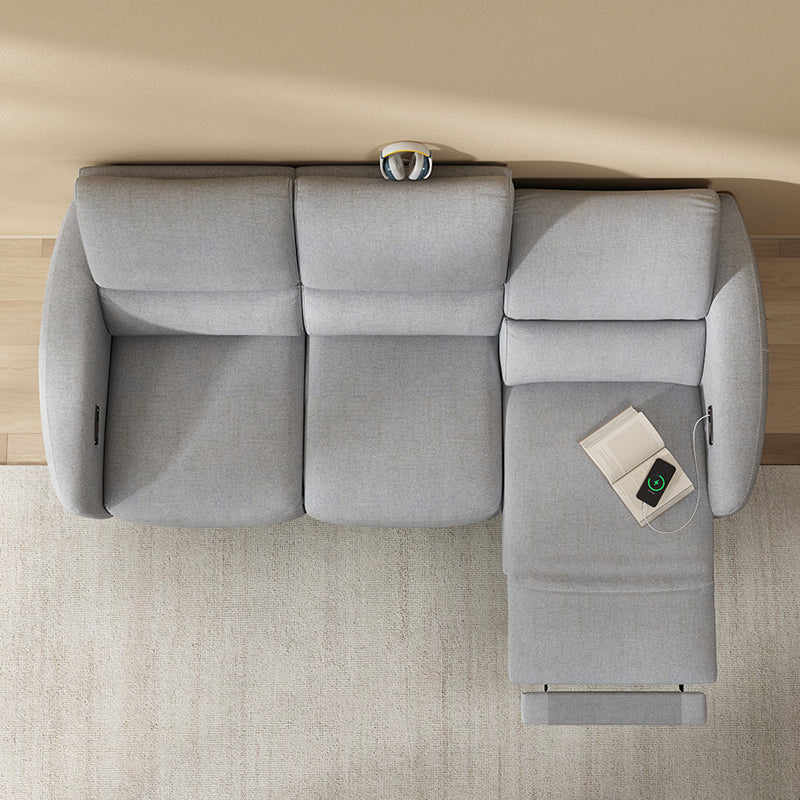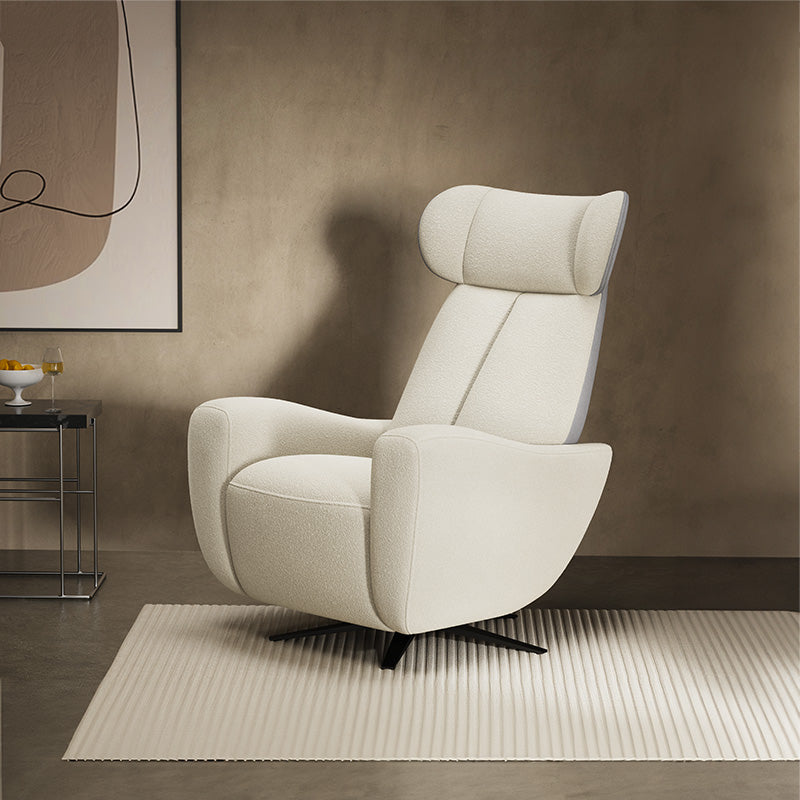
A sagging sofa is not only unsightly but can also be uncomfortable and damaging to your posture. Over time, regular use, weight, and wear can cause the cushions, springs, or frame of a sofa to lose their structure and firmness. Fortunately, a sagging sofa doesn’t mean it’s time to replace it. With a bit of effort and the right tools, you can restore your sofa's comfort and appearance. This guide will walk you through the process of identifying the cause of the sagging and how to fix it effectively.
Table of Content
1. Identify the Source of the Sagging
Before fixing your sofa, determine what’s causing the sagging. The most common culprits include:
a. Worn-Out Cushions
Over time, foam or fiberfill inside the cushions compresses, losing its support.
Cushions may appear flat or uneven, making the sofa uncomfortable.
b. Weakened Springs
The springs inside the sofa may stretch or break, leading to a loss of support.
You may feel a "sinking" sensation when sitting in certain areas.
c. Damaged Frame
Wooden or metal frames can crack, bend, or loosen, causing structural instability.
d. Sagging Webbing or Support Straps
Webbing or straps beneath the cushions can stretch out over time, reducing their tension.
Understanding the root cause will help you choose the appropriate solution.
2. Fixing Worn-Out Cushions
If the cushions are the problem, they can often be fixed or replaced easily.
a. Replace or Refill Cushion Foam
- Remove the Cushion Covers: Check for a zipper or opening in the cushion covers.
- Measure the Foam: Take note of the size and thickness of the existing foam.
- Replace with New Foam: Purchase high-density foam for better durability and comfort. Cut it to size if needed and insert it into the cushion cover.
- Add Batting for a Fuller Look: Wrap the foam with polyester batting to smooth out the edges and make the cushions appear fuller.
b. Add Cushion Inserts
For cushions filled with fiberfill or down, consider adding more stuffing to restore their shape.
Use a stuffing tool or your hands to evenly distribute the filling.
c. Use Support Boards
Place a sturdy board or piece of plywood underneath sagging cushions to provide extra support and firmness.
3. Repairing Sofa Springs

If the springs are causing the sagging, inspect and repair them:
a. Locate and Access the Springs
Flip the sofa over and remove the dust cover on the underside. This will expose the springs and support system.
b. Tighten Loose Springs
If the springs are loose, use pliers to tighten or reattach them to the frame using spring clips or ties.
c. Replace Broken Springs
Identify broken or stretched springs and replace them with new ones. Look for compatible springs at hardware or furniture supply stores.
Use a spring stretcher tool to attach the new springs securely.
d. Add a Spring Repair Kit
For sagging coil springs, you can purchase a spring repair kit that includes tools and instructions for reinforcing or replacing springs.
4. Strengthening the Frame
If the frame is damaged, repairing it will restore the sofa’s stability.
a. Inspect the Frame
Check for cracks, loose joints, or warped wood. Metal frames may also show signs of bending or rust.
b. Reinforce with Wood
For wooden frames, use wood glue to fix cracks or split areas. Clamp the pieces together until the glue dries.
Reinforce weak spots with additional wooden supports, screws, or metal brackets.
c. Tighten Screws and Bolts
If the frame has bolts or screws, tighten them with a screwdriver or wrench. Replace any missing hardware.
d. Replace Damaged Components
Severely damaged parts of the frame may need to be replaced. Consult a furniture repair professional if necessary.
5. Replacing or Tightening Webbing and Straps

Webbing or straps provide foundational support beneath the cushions. Over time, they can stretch or break.
a. Remove Old Webbing
Flip the sofa over and remove the staples or tacks holding the old webbing in place.
b. Install New Webbing
Cut new webbing strips to the correct length. Use a webbing stretcher to pull them tight before securing them to the frame with staples or tacks.
c. Reinforce with Extra Straps
Add additional webbing or straps to distribute weight more evenly and prevent future sagging.
6. Preventative Measures to Avoid Future Sagging
Once your sofa is fixed, take steps to prevent it from sagging again:
a. Rotate Cushions Regularly
Rotating and flipping cushions ensures even wear over time.
b. Avoid Overloading
Avoid placing excessive weight on your sofa or using it for unintended purposes, such as standing or jumping.
c. Clean and Maintain the Frame and Springs
Regularly inspect and clean the frame and springs to prevent dust and debris from causing damage.
d. Use Slipcovers
Slipcovers can protect the cushions and upholstery, reducing wear and tear.
7. Conclusion
A sagging sofa does't have to be a permanent problem. By identifying the cause and applying the appropriate fix, you can restore your sofa's comfort, appearance, and functionality. Whether you're replacing cushions, repairing springs, or reinforcing the frame, these steps will help you extend the life of your furniture and save money on replacements. With proper maintenance, your sofa will continue to be a centerpiece of relaxation and style in your home.
If you want to buy our home furniture or couch for living room, you can check out more on our store

Save Up to $600 OFF!
Featured Products
Popular Posts
































